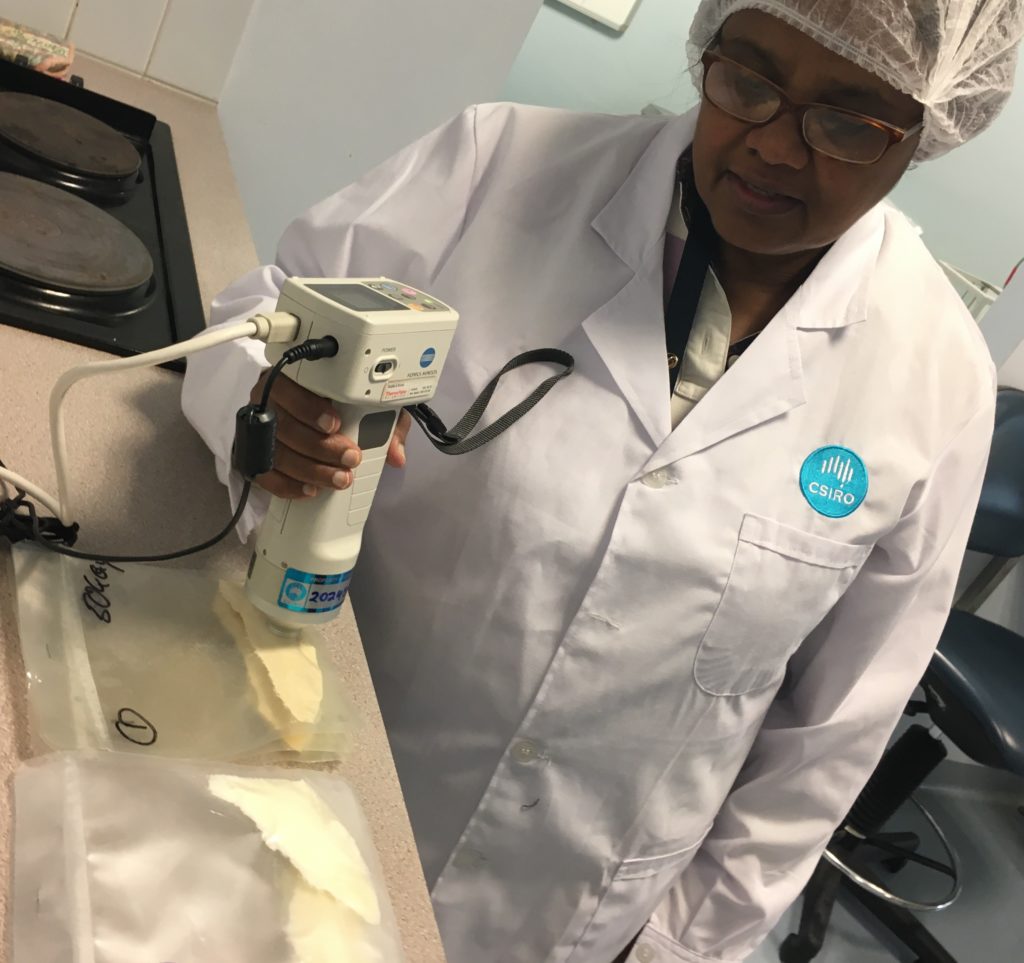With billionaire astronauts flying to the edge of space, NASA’s Artemis Program aiming to return humans to the Moon and crewed missions to Mars on the drawing board, space travel in the 21st century is looking a whole lot different! In the future, humans will be travelling further and spending more time in space than we ever have before.
A major challenge that comes with this is how to feed these travellers. But calm those tummy rumbles because we’re already hard at work on solutions to this peckish problem.
‘Smart biofactories’ for food production in space
The average time an astronaut spends on the International Space Station is nine months. A round trip to Mars is expected to be a minimum of five years. That’s a long time, especially when our current stable food storage systems only last up to around two and a half years. The further we go from Earth and the longer we store food, the more the nutrient content and quality degrade. Which can put our health at risk from nutrient deficiencies. But, it’s not just that, long space missions may compromise travellers. Especially due to environmental factors like microgravity and lack of sunlight which can impact wellbeing and various human body functions.
Enter our smart space biofactory. It’s a system we’re working on that makes specific nutrients on-demand while on the journey. Using novel synthetic biology approaches, we’re developing microbial systems with yeasts or microalgae. These can deliver nutrients when travellers need them, rather than having to bring all that food along for the ride.
We hope a system like this will address the crucial need to provide specific and personalised nutrition needs in the extreme setting of extended space travel.
Being able to generate nutrients and food while in space will dramatically reduce supply risks and costs. And ease the current complex nature of operations just to keep travellers fed. It is absolutely essential for space travellers who want to go further and longer, to have an on-demand, renewable supply of key nutrients as part of their diet. It will help alleviate the physiological impacts of space travel caused by microgravity, lack of exposure to sunlight, and constant mental alertness.
Our biofactory will use inputs readily available in space such as radiation energy, CO₂, brackish water and yep, urine. Transforming them into nutrients will mean secure nutritious food and closed material loops, supporting longer missions and independent healthy life in space.

Select CSIRO microbial cultures, like these microalgae in the Australian National Algae Culture Collection, are being investigated in production systems delivering foods for space travellers as part of our “Smart Biofactory” project. Photo credit: Dion Frampton, CSIRO.
Lost in space
Of course, we might also want to take some food with us into space. But what happens to our food after it’s been up there for a while? Not just to its nutritional value, but its texture, safety and packaging too?
To date, most human spaceflight missions (with the exception of the Apollo lunar missions) have been limited to low Earth orbit exploration. With astronauts either on short-duration spaceflights or on space stations where supplies can be frequently replenished. Here pre-packaged foods in combination with fresh foods have been able to meet the nutrition, health and wellbeing needs of the astronauts.
As human spaceflight missions move beyond low Earth orbit, new approaches will be needed for pre-packaged foods with a much longer shelf life.
The space food formula
One of the major challenges to keeping food fresh, safe and palatable in space is radiation. There are two types of radiation in space – galactic cosmic rays and solar rays. The Earth’s atmosphere shields us from most of this radiation. However, the Australian Nuclear Science and Technology Organisation (ANSTO) research nuclear reactor at Lucas Heights in Sydney can create similar types of radiation. This allows us to carry out experiments much closer to home.
Earlier this year we prepared samples of infant formula which ANSTO irradiated at various radiation levels. We are now monitoring how quality, such as colour, changes over time. And, before you ask, we didn’t choose infant formula because we want to send babies to Mars! But because it’s full of nutrients and protein. So it’s a rich substance to check for differences in quality over a convenient space of time.
We found that 10 days after radiation exposure, the colour and vitamin content of the samples changed. For example, the vitamin C had reduced. It remains to be established whether the radiation has led to any taste changes.

Dr Mala Gamage checking the irradiated baby food samples and packaging for changes in colour.
How might this help us on Earth too?
Work for space missions often has flow-on benefits for Earth-bound industries, jobs and scientific knowledge as well. Some of our research will help us to develop foods and supplements for terrestrial consumers with specific nutrient requirements. Such as proteins, vitamin D and calcium nutrition for the elderly. Defence programs, high-performance sports, aged-care settings and humanitarian crisis situations, could all potentially benefit from a decentralised, autonomous and small-scale nutrient and food production system.


10th May 2023 at 5:30 pm
Thank you author for your post. Keep it up.